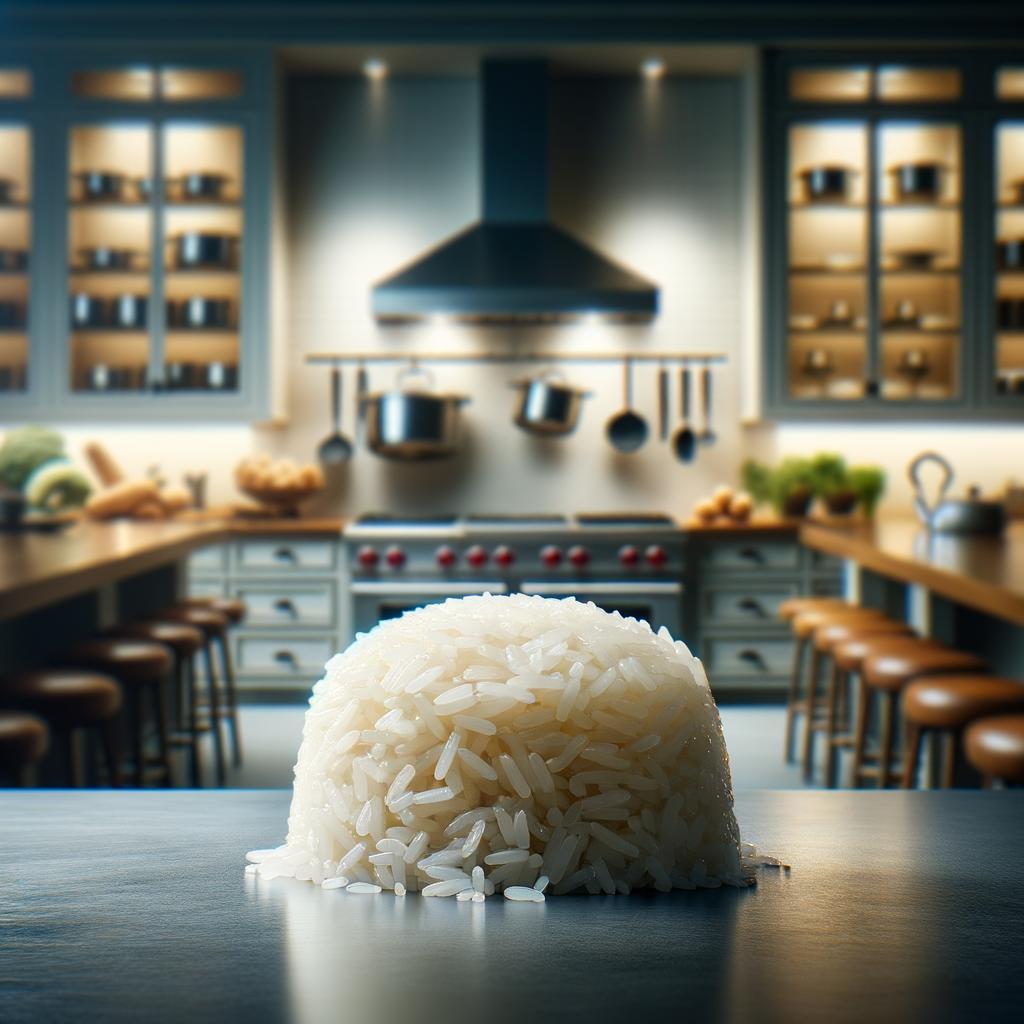Cooked Sticky Rice

Description
Sticky rice, also known as glutinous rice, is a staple food ingredient that is adored in many parts of the world, particularly in Southeast Asia. Despite its name, it doesn't contain gluten, but the term 'glutinous' refers to the glue-like sticky texture when it's cooked. It has a pure white color, much like fresh snowfall, and its grains are shorter and plumper compared to other rice types. Sticky rice has a mildly sweet flavor, and its texture, when cooked, is pleasingly chewy and sticky, which makes it a perfect ingredient for a variety of dishes. It has a unique characteristic of being exceptionally sticky, which sets it apart from other rice varieties like jasmine or basmati.
Primary Uses
Sticky rice is a versatile ingredient and is used in a myriad of ways across different cuisines. It is the star in many traditional Asian dishes, from the sweet mango sticky rice in Thailand to the savory Lo Mai Gai in China. It is also used in making rice cakes, dumplings, and even in rice-based beverages. The sticky texture allows it to form shapes and hold fillings, making it an essential component in many festive dishes. Outside of the culinary world, sticky rice has been used in building materials in some cultures, and its starch is used in textile production.
History
The history of sticky rice is as rich and intriguing as its flavor. It is believed to have originated in Southeast Asia over a thousand years ago. It is deeply woven into the cultural fabric of many Asian societies, symbolizing closeness and togetherness due to its sticky nature. In ancient times, sticky rice was used in mortar to build sturdy structures, some of which still stand today. Over time, its use in culinary arts has evolved, with chefs around the world experimenting with this humble grain to create innovative dishes.
Nutritional Information
Sticky rice is more than just a tasty ingredient; it's also packed with nutritional benefits. It is a good source of energy due to its high carbohydrate content, and it also provides essential minerals like zinc and magnesium. Moreover, it contains several B-vitamins, including Thiamin and Niacin, which are essential for energy production and cognitive function. However, like all types of rice, sticky rice has a high glycemic index, which means it can raise blood sugar levels quickly. Therefore, it should be consumed in moderation, especially by those with diabetes. Compared to brown rice, sticky rice has less fiber but has a similar caloric content. Its unique texture and flavor make it a beloved ingredient despite its nutritional differences.

